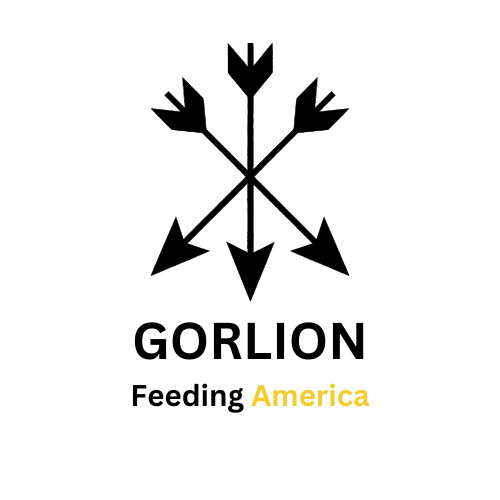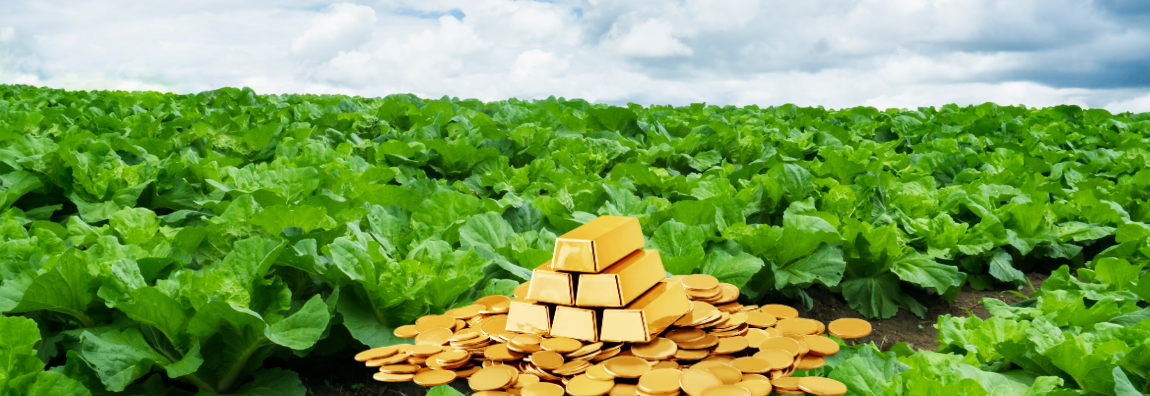Introduction:
In an era marked by economic uncertainties and looming currency devaluation, investors seek sanctuary to preserve their wealth and safeguard against inflationary nightmares. With the guidance of Niall Ferguson’s “The Ascent of Money,” George Soros’ reflexivity theory, and Allan Greenspan’s 1966 Essay, we delve into the historical decline of currencies, drawing parallels to potential US financial policies that might jeopardize the stability of the US dollar. Amidst these worrisome prospects, agricultural commodities emerge as the beacon of hope, presenting a compelling case for being the ultimate investment choice.
Historical Perspectives on Currency Decline:
Throughout history, the trajectory of numerous currencies has demonstrated a pattern of decline. Empires have risen and fallen based on the management of their currencies, and reckless monetary policies have been the harbinger of disastrous consequences. The devaluation of currencies has often been a byproduct of excessive money printing, leading to runaway inflation and eroding purchasing power. The German hyperinflation during the Weimar Republic in the 1920s and the more recent examples of Zimbabwe and Venezuela serve as cautionary tales of the detrimental impact of such policies.
Ferguson’s “The Ascent of Money” underscores the pivotal role of money in shaping world events. As currencies lose their value, economic turmoil ensues, and societies are thrown into chaos. This cyclical pattern of currency decline casts a shadow of uncertainty over the future of the US dollar, given its history of expansionary monetary policies.
George Soros’ Reflexivity Theory and Perception:
George Soros’ reflexivity theory offers a fresh perspective on the dynamics of financial markets. According to Soros, market participants’ perceptions and biases can influence asset prices, creating feedback loops that impact market trends. When people believe the US dollar is strong, they behave in ways that reinforce its strength. However, this self-reinforcing trend might only persist until the reality of the economic situation sets in, leading to abrupt reversals.
Indeed, the US dollar’s strength is influenced by its status as the world’s primary reserve currency and investors’ perception of its reliability. But in the face of unsustainable fiscal policies and a growing national debt, the potential for a reversal of fortunes cannot be dismissed. When reality clashes with perception, the outcome can be disruptive, causing economic upheaval.
Allan Greenspan’s Philosophy on Gold and Economic Freedom:
Allan Greenspan’s 1966 Essay presents a compelling argument for the inseparability of gold and economic freedom. Greenspan asserts that a durable commodity, particularly a metal, is a crucial medium of exchange in civilized societies. Such a commodity must be homogeneous, divisible, and possess luxury value. Human desires for luxuries are unlimited, and luxury goods will always be in demand, making them an acceptable medium of exchange.
Greenspan highlights that under the gold standard, a free banking system acts as the protector of an economy’s stability and balanced growth. The gold standard, with its intrinsic value and scarcity, safeguards savings from confiscation through inflation. It stands as a protector of property rights and hinders the insidious process of hidden wealth confiscation, as observed in deficit spending policies.
Agricultural Commodities: The Ultimate Safe Haven:
Amidst the specter of currency decline and the frailty of financial markets, agricultural commodities emerge as the untouchable safe haven. Unlike fiat currencies that can be manipulated at the whims of central banks, agricultural commodities possess intrinsic value and serve vital roles in daily human existence. The demand for food, shelter, and energy will never wane, ensuring a constant need for agricultural products.
Precious metals, while historically perceived as safe havens, are prone to speculation and price volatility. Their value relies heavily on investor sentiment, making them susceptible to the same reflexivity that Soros identifies. In contrast, agricultural commodities offer genuine utility and are immune to the fleeting perceptions of the market.
Gorlion Corporation: A Beacon of Investment Opportunity:
Within the realm of agricultural commodities, Gorlion Corporation emerges as a potential investment opportunity. As a minority and woman-owned agricultural commodity trading company, Gorlion Corporation stands as a testament to diversity in the financial landscape. Its asset-light, market-maker business model is tailor-made for the largest manufacturers worldwide, presenting a unique opportunity to capitalize on the unyielding demand for agricultural products.
Conclusion:
In a world brimming with uncertainties, history cautions us of the fallibility of currencies and the transient nature of investor perceptions. Through Niall Ferguson’s “The Ascent of Money,” George Soros’ reflexivity theory, and Allan Greenspan’s philosophy on gold and economic freedom, we glean insights into the vulnerabilities of the US dollar and the wider financial landscape. In this unfolding narrative, agricultural commodities take center stage, representing the ultimate safe haven investment due to their intrinsic value and unwavering demand. Within this realm, Gorlion Corporation shines as a beacon of investment opportunity, showcasing the potential for prosperity even amidst economic adversity.
In this brave new world of finance, let us embrace the untouchable resilience of agricultural commodities and explore the boundless potential they offer to safeguard wealth and create prosperity for generations to come. With the guiding philosophies of Ferguson, Soros, and Greenspan, we stand at the precipice of a transformative investment paradigm that champions the enduring value of agricultural commodities. Be bold in your pursuit of a more secure and prosperous future.

